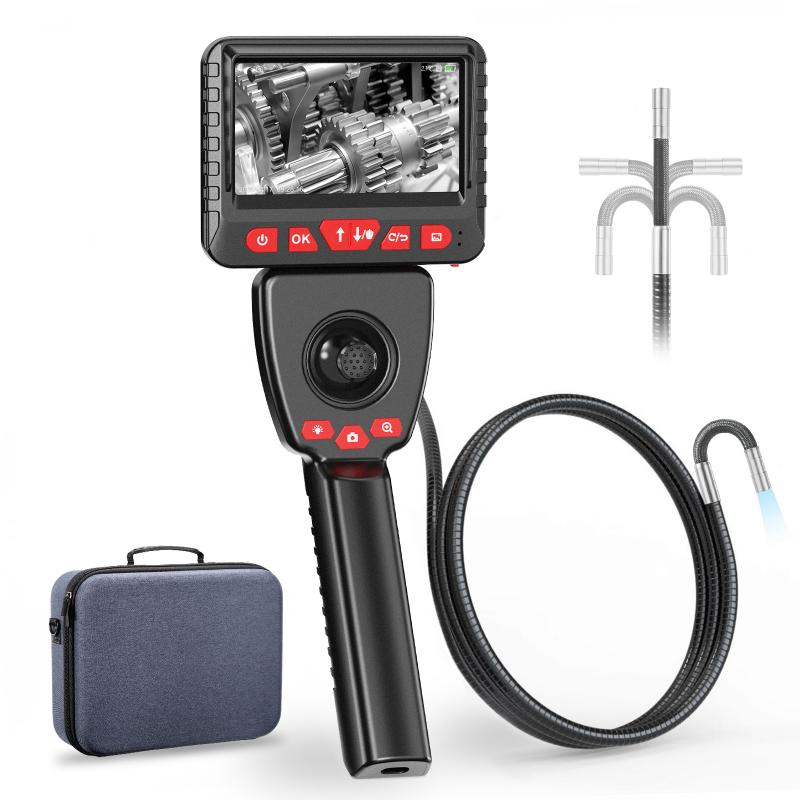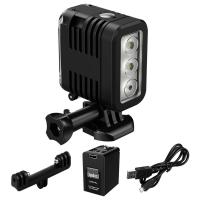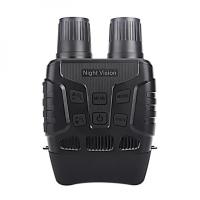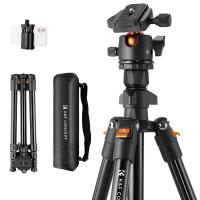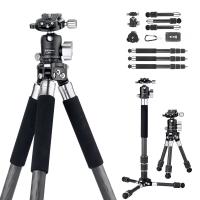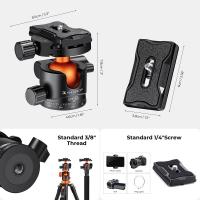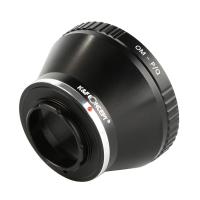What Is The Diameter Of An Endoscope ?
The diameter of an endoscope can vary depending on its specific design and purpose. However, typical endoscopes used in medical procedures have diameters ranging from 2.8 to 12 millimeters. The choice of diameter depends on the area of the body being examined and the specific procedure being performed.
1、 Optical System Diameter
The diameter of an endoscope can vary depending on the specific model and purpose. Generally, the diameter of the optical system, which includes the lens and the image sensor, is an important factor in determining the overall size of the endoscope.
Traditional endoscopes used in medical procedures typically have a diameter ranging from 5mm to 10mm. These endoscopes are designed to be inserted into the body through natural orifices or small incisions, allowing doctors to visualize internal organs and perform minimally invasive procedures. The smaller the diameter, the less invasive the procedure can be.
However, with advancements in technology, there has been a trend towards developing smaller and more flexible endoscopes. Miniaturized endoscopes with diameters as small as 1mm have been developed for specific applications, such as imaging the inside of blood vessels or navigating through narrow passages in the body.
In recent years, there has also been a growing interest in developing wireless capsule endoscopes. These are small, pill-sized devices that can be swallowed and traverse the gastrointestinal tract, capturing images and transmitting them to an external receiver. The diameter of these capsule endoscopes is typically around 11mm to 13mm, allowing them to pass through the digestive system comfortably.
It is important to note that the diameter of an endoscope is not the only factor to consider when evaluating its capabilities. Other factors such as image quality, flexibility, maneuverability, and functionality also play a significant role in determining the effectiveness and usability of an endoscope.

2、 Working Channel Diameter
The diameter of an endoscope can vary depending on its specific purpose and design. Endoscopes are medical devices used for visualizing and accessing internal body cavities or organs. They consist of a long, flexible tube with a light source and a camera at one end, allowing doctors to examine and perform procedures without the need for invasive surgery.
The diameter of an endoscope is typically measured in millimeters (mm) and can range from as small as 1mm to as large as 20mm or more. The size of the endoscope is determined by its intended use and the body part it is designed to access. For example, endoscopes used for gastrointestinal procedures are generally larger in diameter compared to those used for nasal or ear examinations.
One important aspect of an endoscope's diameter is the working channel diameter. The working channel is a separate channel within the endoscope that allows the insertion of various instruments for diagnostic or therapeutic purposes. The working channel diameter can range from 1mm to 5mm or more, depending on the specific endoscope.
Advancements in technology have led to the development of smaller and more flexible endoscopes with narrower diameters. These miniaturized endoscopes offer several advantages, including reduced patient discomfort, improved maneuverability, and the ability to access narrower or more delicate anatomical structures.
In recent years, there has been a growing interest in ultra-thin endoscopes with diameters less than 1mm. These ultra-thin endoscopes have the potential to revolutionize medical imaging and diagnostics by enabling access to previously inaccessible areas of the body. However, their clinical utility and widespread adoption are still being explored, and further research and development are needed.
In conclusion, the diameter of an endoscope can vary depending on its purpose and design, with working channel diameters ranging from 1mm to 5mm or more. Advancements in technology continue to drive the development of smaller and more flexible endoscopes, offering potential benefits in patient care and diagnostic capabilities.
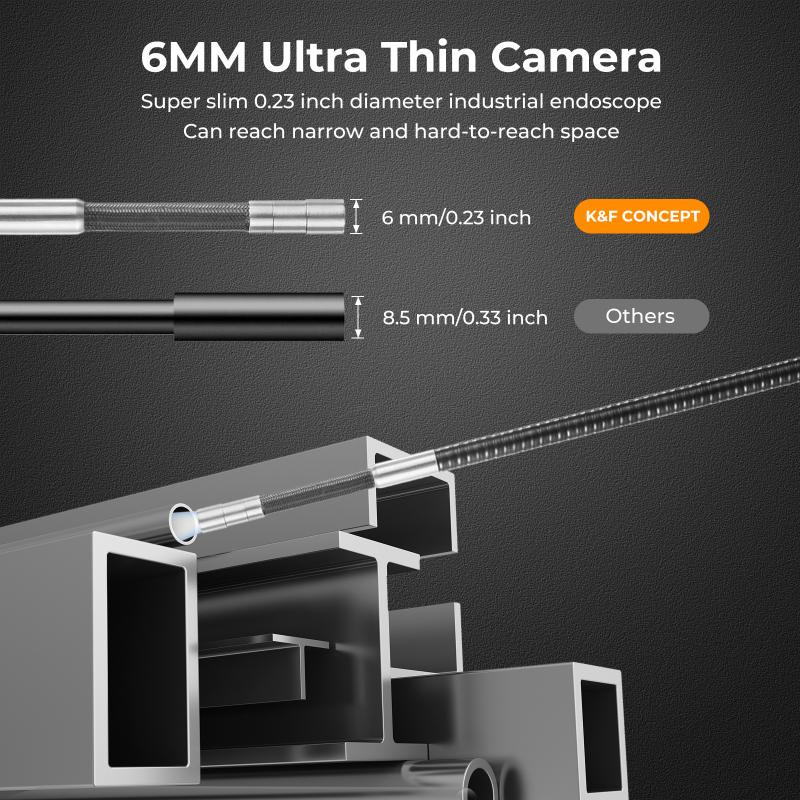
3、 Instrument Diameter
The diameter of an endoscope can vary depending on the specific type and purpose of the instrument. Endoscopes are medical devices used for visual examination and diagnostic procedures inside the body. They consist of a long, flexible tube with a light source and a camera at the tip, allowing doctors to visualize internal organs and tissues.
The instrument diameter of an endoscope typically ranges from 2mm to 20mm. The smaller diameter endoscopes, known as "thin" or "miniature" endoscopes, are commonly used for procedures such as nasal endoscopy, bronchoscopy, and arthroscopy. These smaller diameter endoscopes are designed to access narrow and delicate structures within the body, minimizing patient discomfort and reducing the risk of complications.
On the other hand, larger diameter endoscopes, often referred to as "standard" or "conventional" endoscopes, are used for procedures such as gastrointestinal endoscopy and laparoscopy. These endoscopes have a wider diameter to accommodate additional channels for instruments such as biopsy forceps, suction devices, and cautery tools. The larger diameter allows for more complex procedures to be performed, providing greater versatility for the physician.
It is worth noting that there have been advancements in endoscope technology in recent years, leading to the development of even smaller diameter endoscopes. These ultra-thin endoscopes, with diameters as small as 1mm, are being used for procedures in areas such as the gastrointestinal tract and the cardiovascular system. The smaller diameter allows for less invasive procedures and reduced patient discomfort.
In conclusion, the diameter of an endoscope can vary depending on its intended use, with instrument diameters ranging from 2mm to 20mm. However, advancements in technology have led to the development of even smaller diameter endoscopes, enabling less invasive procedures and improved patient outcomes.
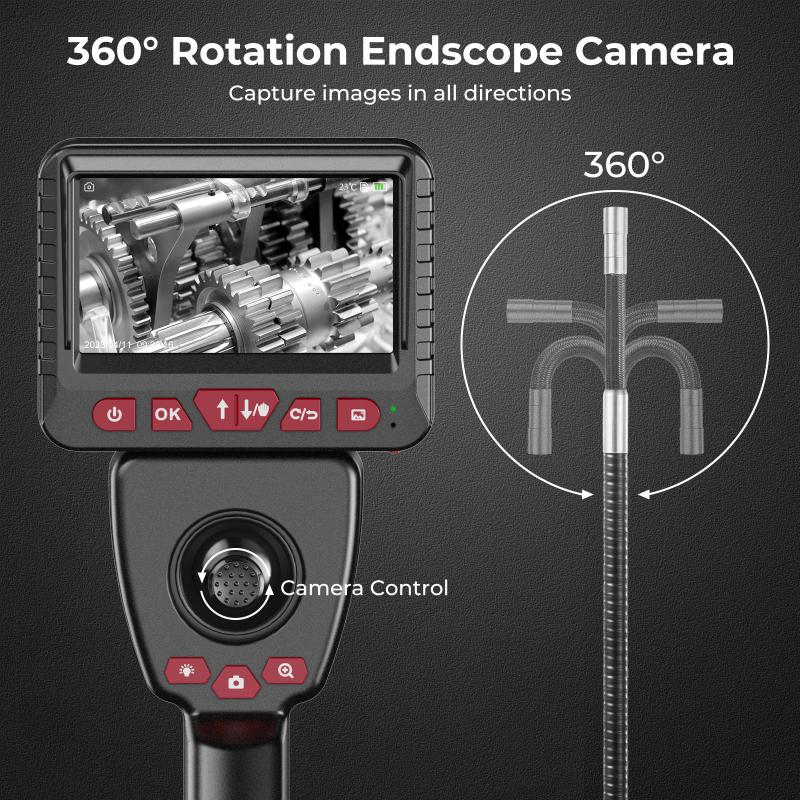
4、 Insertion Tube Diameter
The diameter of an endoscope's insertion tube, also known as the working channel or instrument channel, can vary depending on the specific type and purpose of the endoscope. Endoscopes are medical devices used for visualizing and accessing internal body cavities or organs. They are commonly used in various medical procedures, such as gastrointestinal examinations, bronchoscopy, and arthroscopy.
The insertion tube diameter is an important specification as it determines the size of instruments that can be passed through the endoscope. It also affects patient comfort during the procedure. The diameter typically ranges from 2.8mm to 15mm, with smaller diameters being used for more delicate procedures and larger diameters for procedures that require larger instruments or better visualization.
Advancements in endoscopic technology have led to the development of smaller and more flexible endoscopes with thinner insertion tubes. This has allowed for less invasive procedures and improved patient comfort. For example, in recent years, there has been a trend towards using ultra-thin endoscopes with diameters as small as 1.2mm for certain procedures.
However, it is important to note that the diameter of the insertion tube is just one factor to consider when choosing an endoscope. Other factors, such as image quality, maneuverability, and the availability of additional channels for irrigation or suction, also play a significant role in determining the suitability of an endoscope for a particular procedure.
In conclusion, the diameter of an endoscope's insertion tube can vary depending on the specific type and purpose of the endoscope. Advancements in technology have led to the development of smaller and more flexible endoscopes, allowing for less invasive procedures and improved patient comfort.
